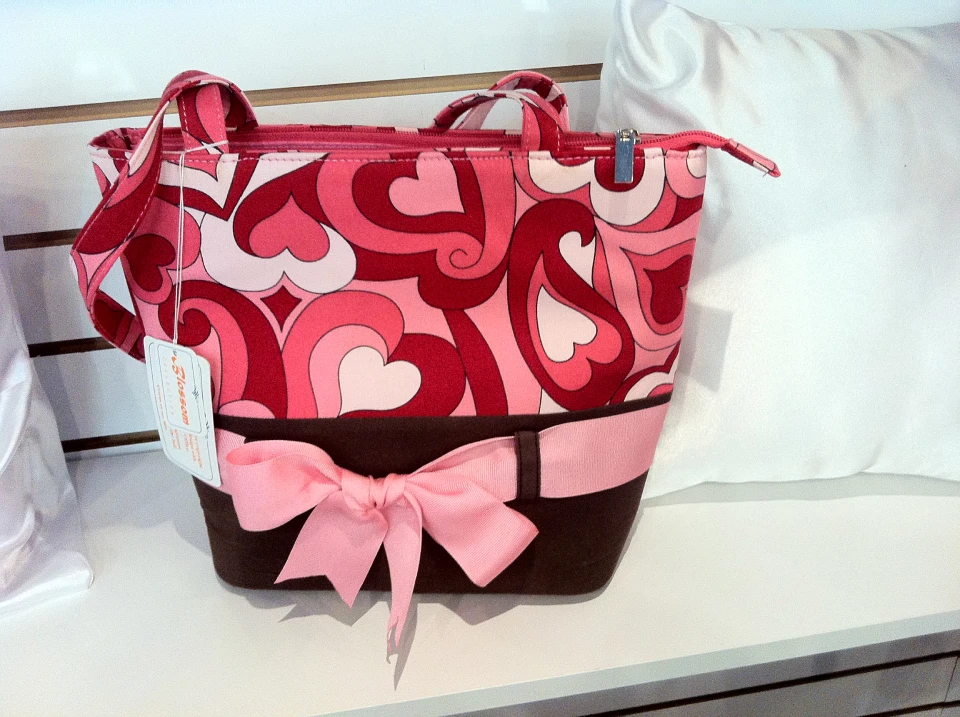Stitched Sports Teams Names and Numbers - Expert and Durable
Stitched Sports Teams Names and Numbers - Expert and Durable
Blog Article
The Art of Custom Needlework: Opening the Keys to Creating Distinct and Remarkable Layouts
Embroidery, a craft soaked in practice and virtuosity, holds within its elaborate stitches the power to change material right into a canvas of one-of-a-kind expression. The secrets to creating personalized needlework designs that captivate the eye and leave an enduring impression lie in a delicate equilibrium of strategy, creativity, and attention to detail. As we explore the world of personalized needlework, we reveal the nuanced interplay in between thread choice, stitch complexity, and layout customization that elevates a plain garment to an artwork. Join us on a trip with the art of custom-made needlework as we unwind the enigmas behind crafting really unforgettable and distinct developments.
Picking the Right Embroidery Threads
When picking needlework threads, what vital variables should you take into consideration to make sure the finest outcomes for your personalized styles? The option of embroidery string is important in figuring out the final result of your embroidered layout. Among the key factors to consider is the product of the thread. Different materials such as cotton, polyester, rayon, and silk offer differing degrees of luster, durability, and texture. It is necessary to select a thread material that complements the textile you are stitching on and straightens with the desired appearance of the design.
Thicker threads can include dimension and texture to your style, while finer threads are ideal for complex details and small text. Furthermore, thinking about the shade fastness and washability of the thread is essential to make sure that your customized layouts keep their high quality and vibrancy over time.
Discovering Various Stitch Techniques
To dive right into the realm of 'Discovering Various Stitch Techniques', one need to comprehend the ins and outs and nuances that each stitching method gives the art of needlework. Different stitch methods not only add aesthetic passion but likewise add to the general texture and measurement of the design. One popular stitch technique is the satin stitch, which involves closely stuffed parallel stitches to produce a smooth and glossy surface, suitable for completing shapes and producing strong details.
On the other hand, the backstitch is a functional technique usually used for laying out and adding fine details. It includes stitching in reverse to create a strong line of needlework. In addition, the French knot stitch adds a tactile component to layouts, best for creating distinctive accents like flower facilities or ornamental touches.
Discovering different stitch methods permits embroiderers to play with light, darkness, and deepness within their layouts, raising the aesthetic appeal and artistic top quality of their embroidery projects. By understanding various stitching methods, one can unlock countless possibilities for developing special and remarkable custom-made embroidery items.
Incorporating Personalized Layout Aspects
Having checked out the ins and outs of different stitch strategies such as the satin stitch, backstitch, and French knot, the focus currently changes in the direction of incorporating personalized style elements in customized embroidery tasks. Personalized design aspects play view website a vital duty in making needlework jobs absolutely distinct and memorable.
Another method to include personalized style aspects is by consisting of icons or concepts that hold unique significance to the recipient or show their passions and individuality. For instance, incorporating a preferred flower, animal, or hobby-related icon can make the needlework style much more purposeful and personalized. Additionally, selecting shades that reverberate with the recipient or straighten with the intended theme can additionally improve the personalization of the needlework job.
Grasping the Art of Color Coordination

One secret element of color control is comprehending color concept. This includes understanding just how various shades communicate with each various other, the emotions they convey, and exactly how they can be incorporated to produce aesthetically appealing designs. By using shade theory principles, embroiderers can create unified shade combinations that enhance the overall appearance of the layout.
Additionally, paying attention to contrast is important in color coordination. Utilizing contrasting shades can assist particular elements of the design pop, enhance clarity, and create an aesthetically dynamic embroidery piece. By mastering the art of shade sychronisation, embroiderers can elevate their designs and produce unforgettable items that reverberate with clients and customers alike.
Enhancing Texture With Advanced Needlework Stitches
French knots, for instance, are best for including tiny, elevated dots to your style, simulating the look of beads or creating a distinctive surface. Bullion knots, on the other hand, can be used to develop twisted, ropelike elements that include an extravagant feel to the embroidery. Seed stitching includes small, scattered stitches that can complete locations with a polychromatic structure, while turkey work creates fluffy, dimensional accents similar to animal fur or vegetation. Trying out with these advanced needlework stitches enables you to press the explanation boundaries of typical embroidery and develop genuinely distinct and visually attractive structures in your layouts.
Final Thought
In conclusion, the art of custom-made needlework includes a mix of choosing the right threads, discovering different stitch techniques, incorporating individualized layout elements, mastering shade coordination, and improving appearance with innovative stitches. By comprehending and applying these crucial elements, embroiderers can create special and memorable styles that showcase their imagination and skill. Embroidery fanatics can unlock the secrets to producing stunning and bespoke items that stick out and leave a lasting impression.
Report this page